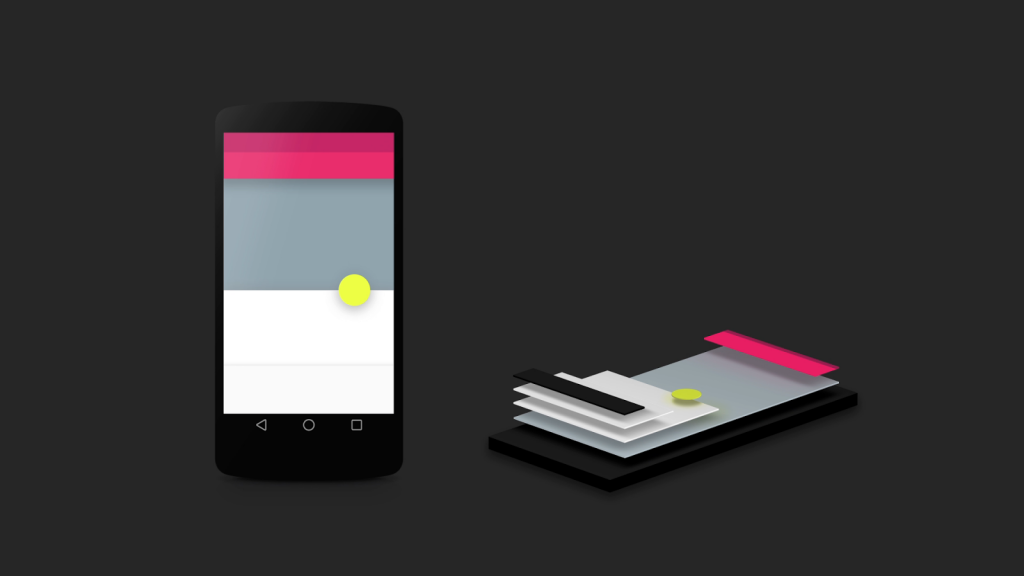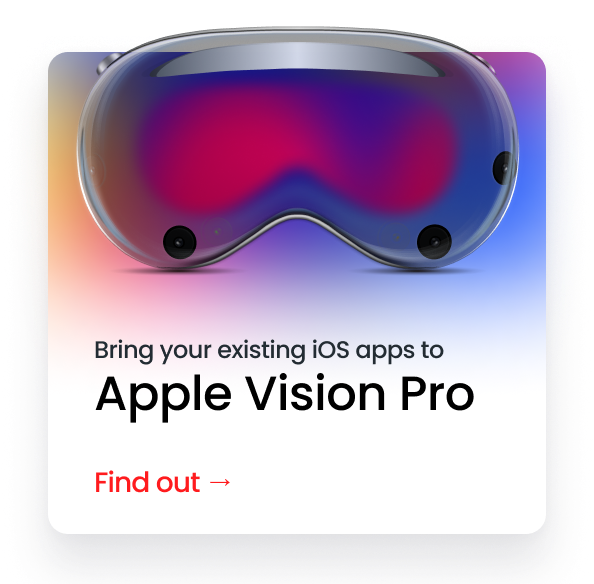A Material Design For The Android “L”

Table of Contents
This year’s Google I/O keynote was full of surprises. It announced the forthcoming release of the much awaited Android ‘L’ version. The new OS is meant to deliver a consistent look-and-feel across mobile, tablets, desktops, cars and much more. Which means the new interface would practically be a part of almost every gadget you own.
The design of the OS too was aimed at a better user experience and almost real-like perception. “We imagined… What if pixels didn’t just have color, but also depth? What if there was a material that could change its texture? This led us to something we call ‘material design,” says Matias Durate, Director of Android operating system User Experience at Google.

Material design is all about depth features, which support a 64 bit processor and a better integration with a plethora of other devices. You could even interact with an app without launching the app itself, thanks to these clever integrations.
Basically, the new Android would be more contextually aware, delivering the same interface on your mobile, desktop, TV, Car, etc. It focused on providing a smooth interface that helps you handle all your gadgets at home and work. The keynote was all about Google everywhere.
Material Design would feature updated system fonts, bold colors, Better animations and Roboto. The new language will also be used to redesign the company’s flagship apps like Gmail, Calendar, etc. ‘Material’ also supports a whole range of new animations, hero elements that can be passed from screen-to-screen and built in real-time UI shadows.
Besides the design features, Android 5.0 has plenty to offer. The notification center, for instance, can be instantly accessed from the lock screen. You can also access it from any app you are working with and answer to the notification without having to close your app.
The personal unlocking feature authenticates a user through location signals, Bluetooth and voice print. Besides, these basic functionalities, Android 5.0 also feature improved Chrome. The search feature in chrome would adapt to material design by displaying 60 frames per second and images can be flipped like a page in a book.
The OS also has a new Battery historian wherein you’ll get a detailed report of your battery usage. Voice commands and contextual awareness makes the OS almost human like. You can talk to it or give instructions while driving or cooking!
Another segment that would be directly impacted by the L version is the Android Wear sector. Wearable technology that features the android operating system could give users severable advantages through a universal and consistent look-and-feel. Soon watches like the LG G watch would vibrate for notifications. The touch screen display allows you to swipe and operate it. You can also talk to these devices to perform tasks as a search or check your mail.
Wearable would also be able to sync with your mobile, so if you ask your phone to set a reminder it would do so on your phone. So every time you ask them to perform a task it would actually do so on your phone and then send the results to your wrist. Your watch would also be able to show you incoming notifications, which you can accept or decline. Google has already made the full Android Wear SDK available.
Well, the good news doesn’t end here; it’s coming to your car too! Integrate your device with your car screen for a wholesome experience. Improved Navigation, Communication and music is the focus here. The Android Auto is contextually aware and hence works well for navigation information when you need it. Since its actually running on your phone, you can extend this experience even on rental cars. Simple music controls, full voice enabled Google Maps and notifications for incoming messages. Google will be releasing the Android Auto SDK soon for developers to build innovative applications.
Other areas the Android L touches upon are the Android TV, chrome books, improved office applications and better cloud services. That was quite a lot of information for one operating system update. This gives developers plenty to work with. We can expect creative and innovative use for all of these rich features.




